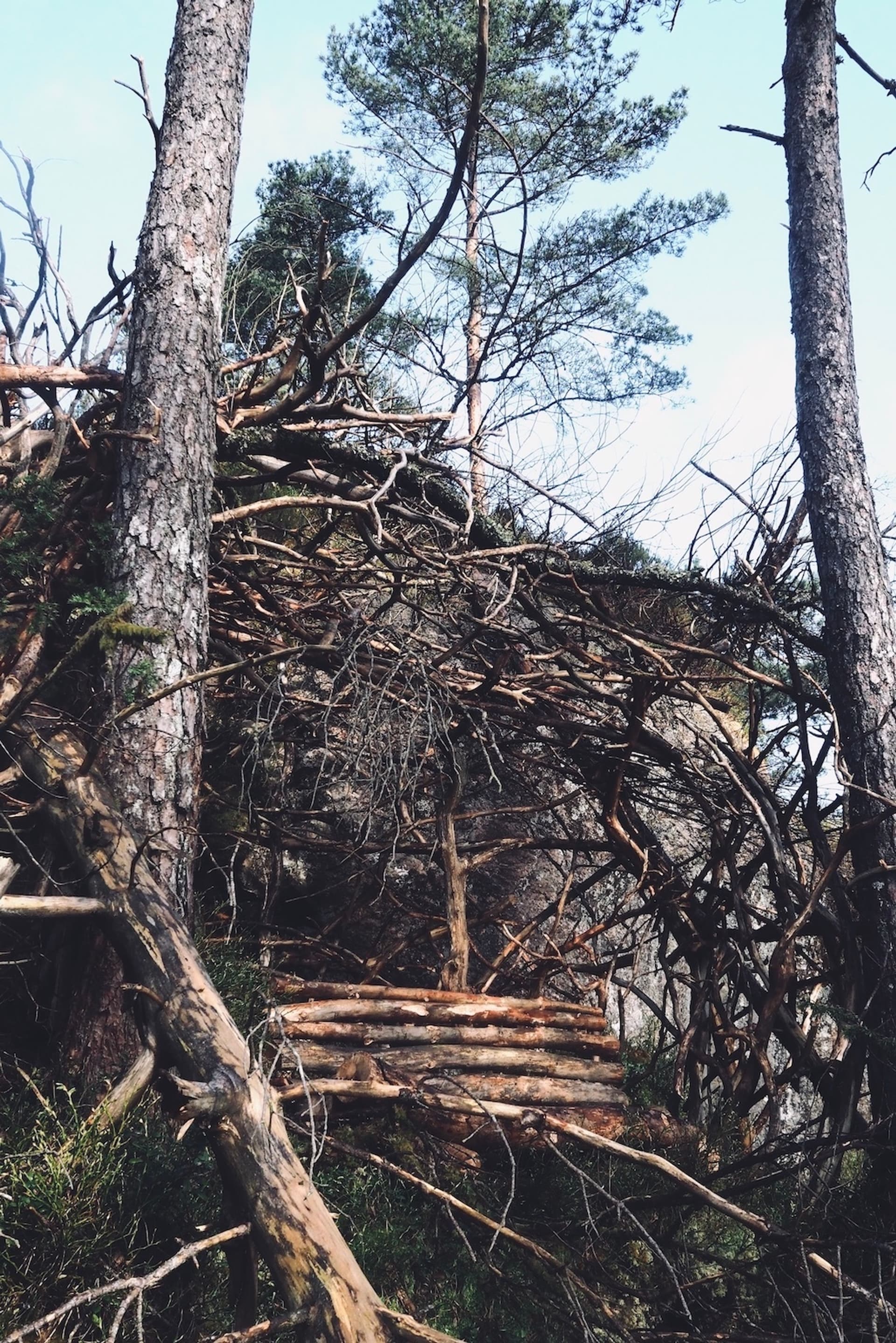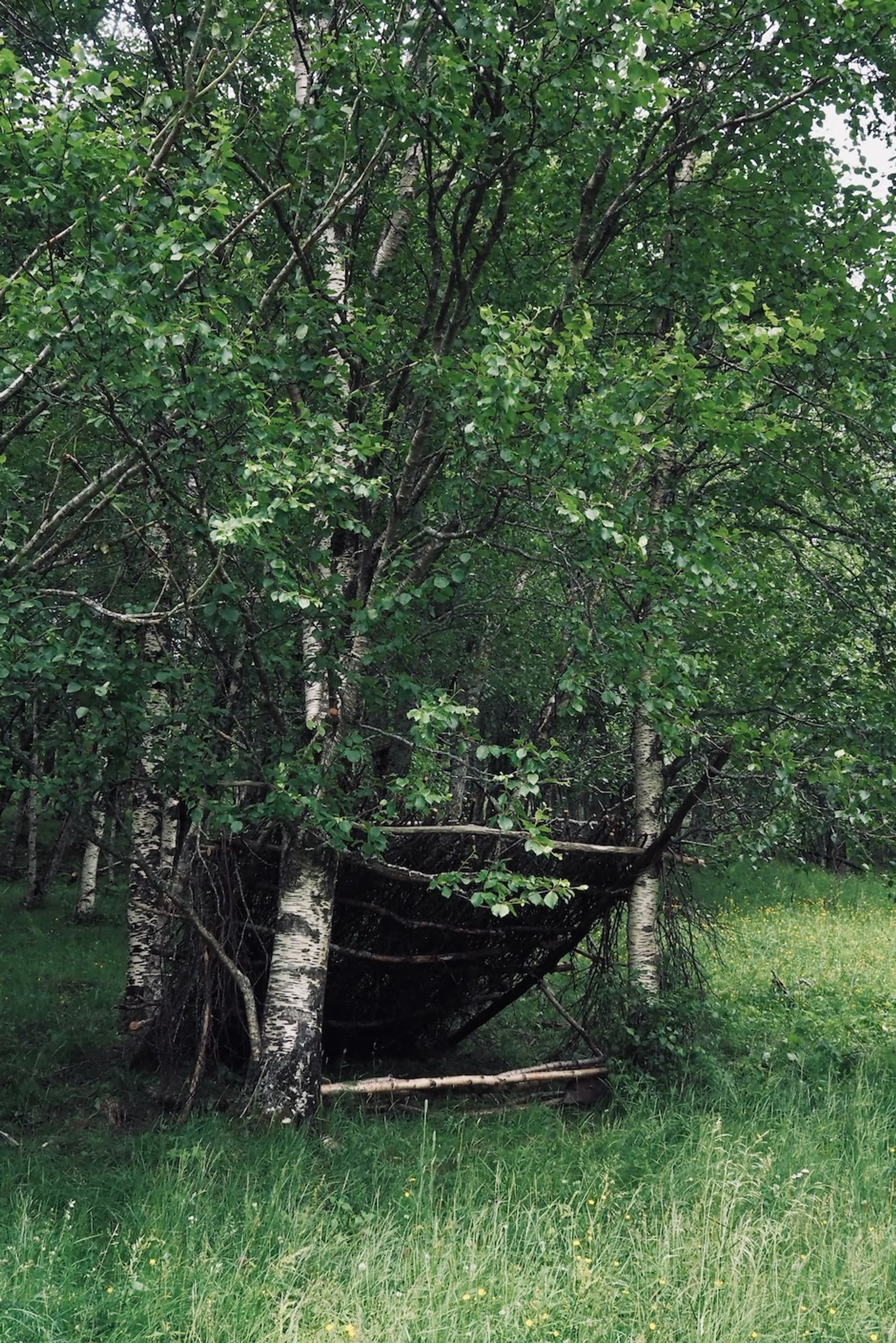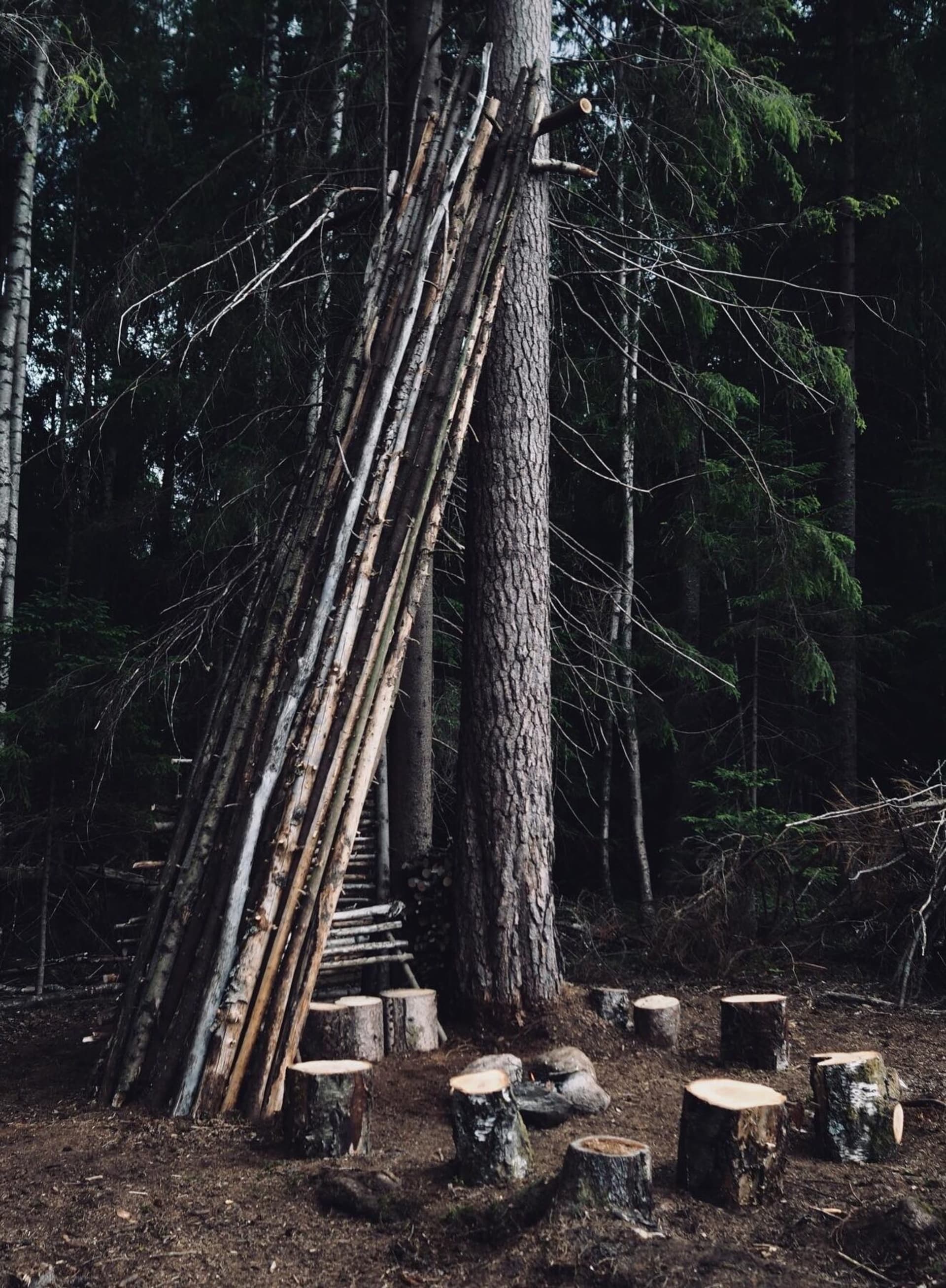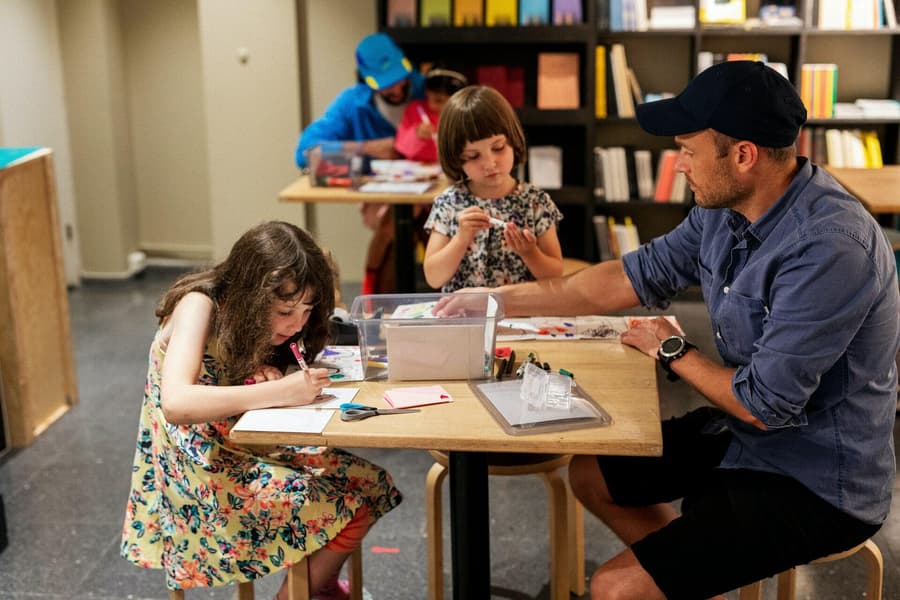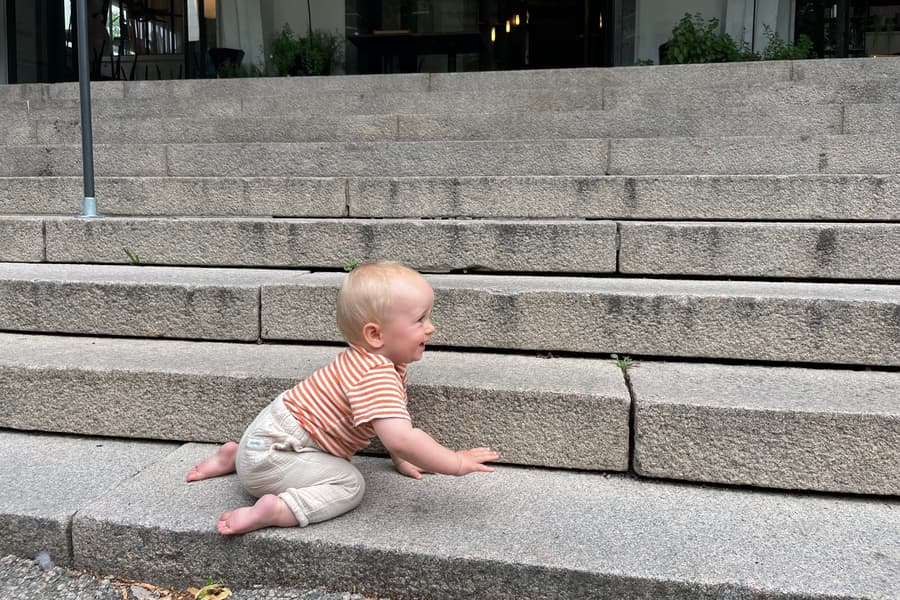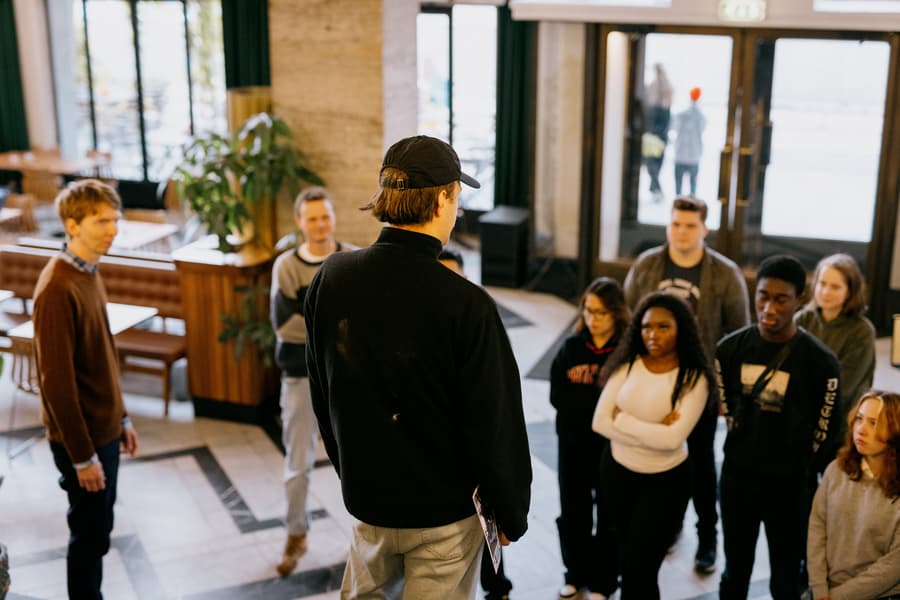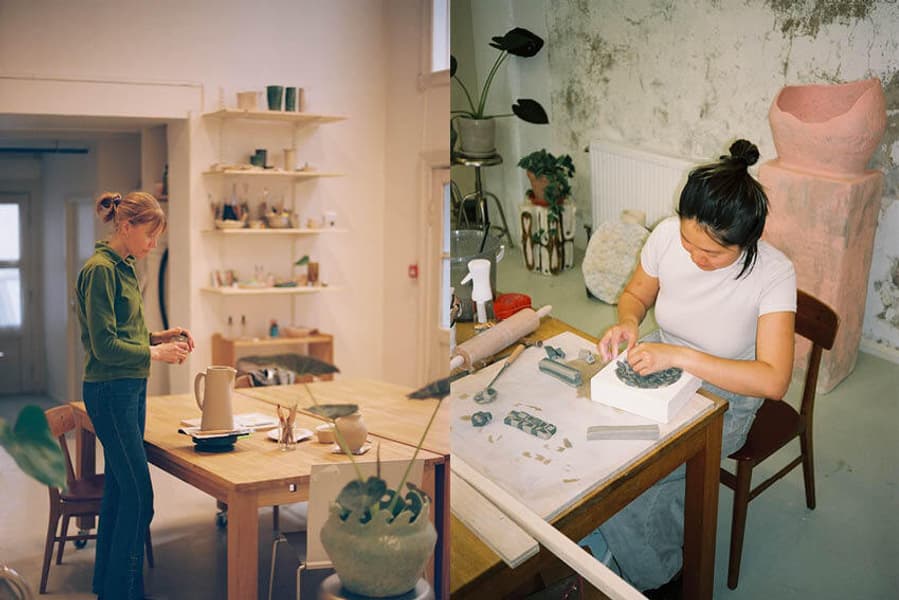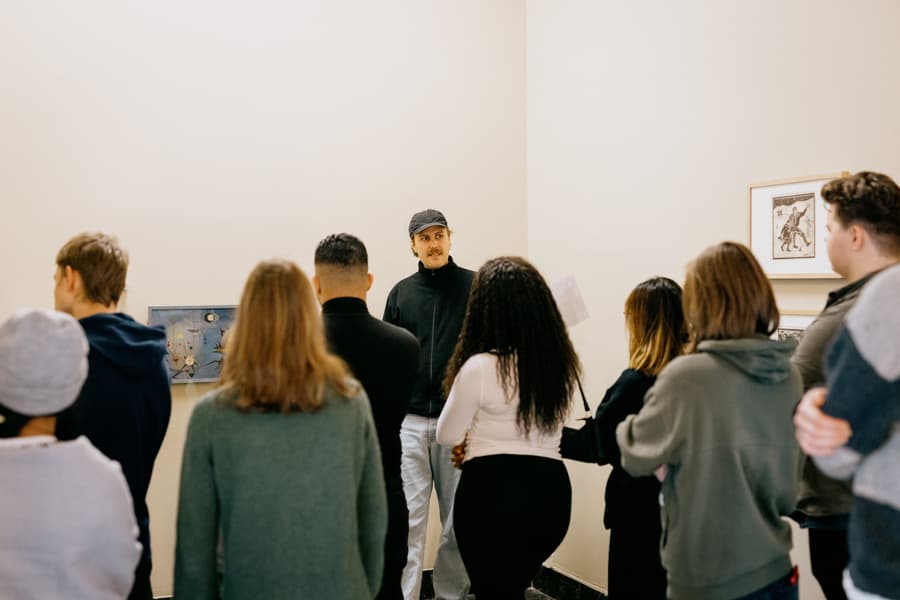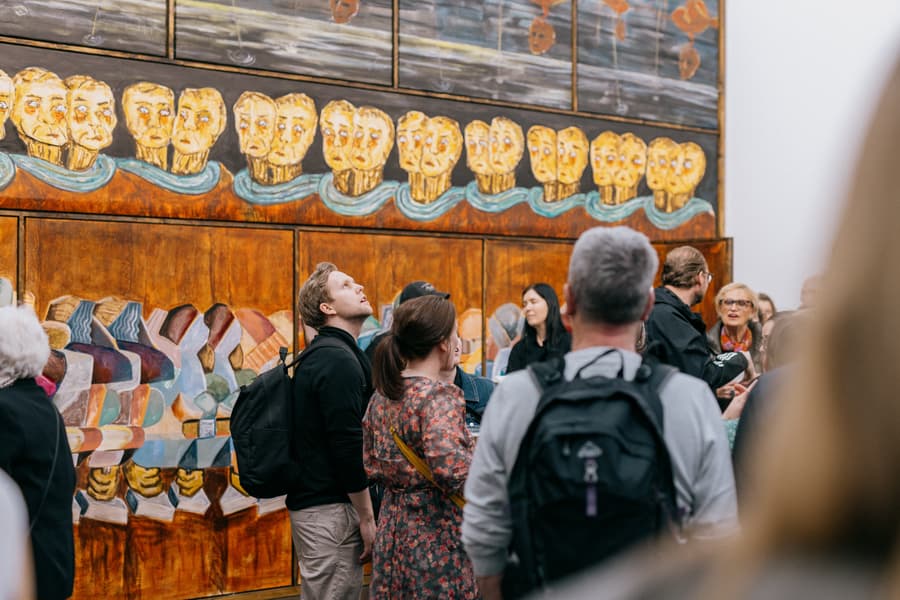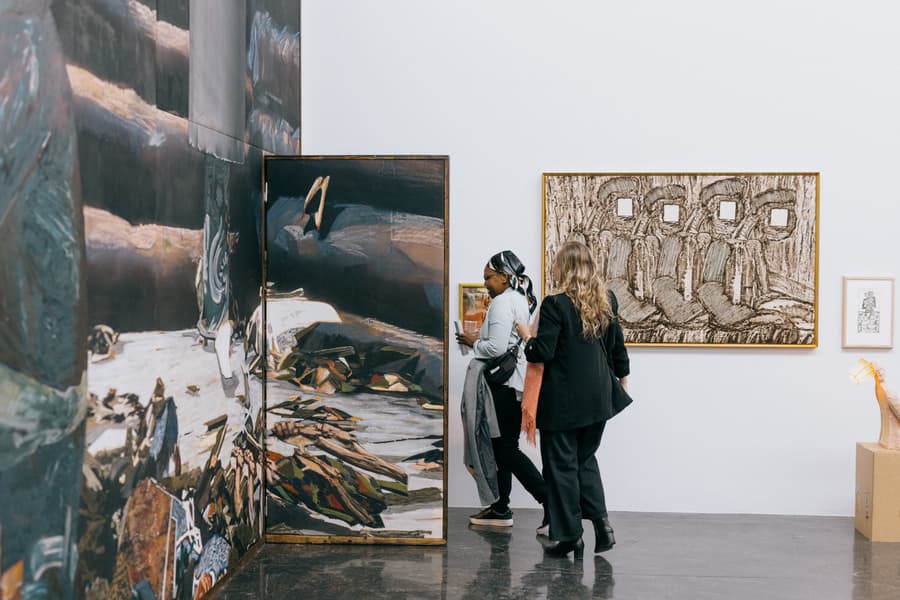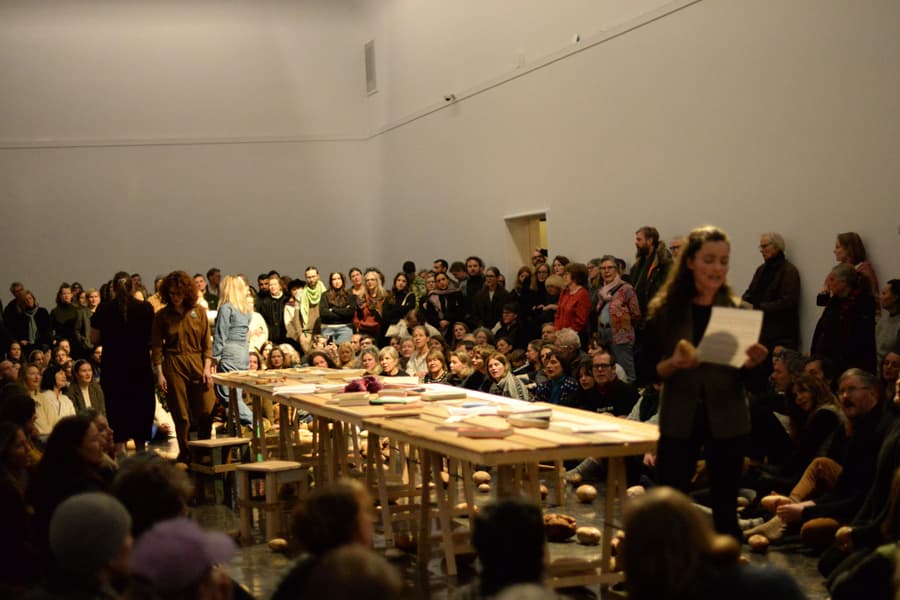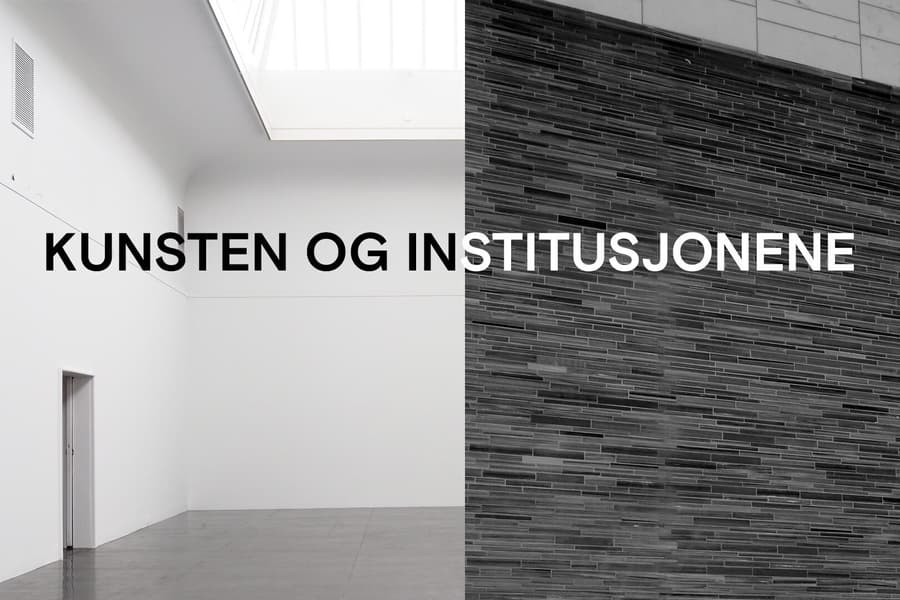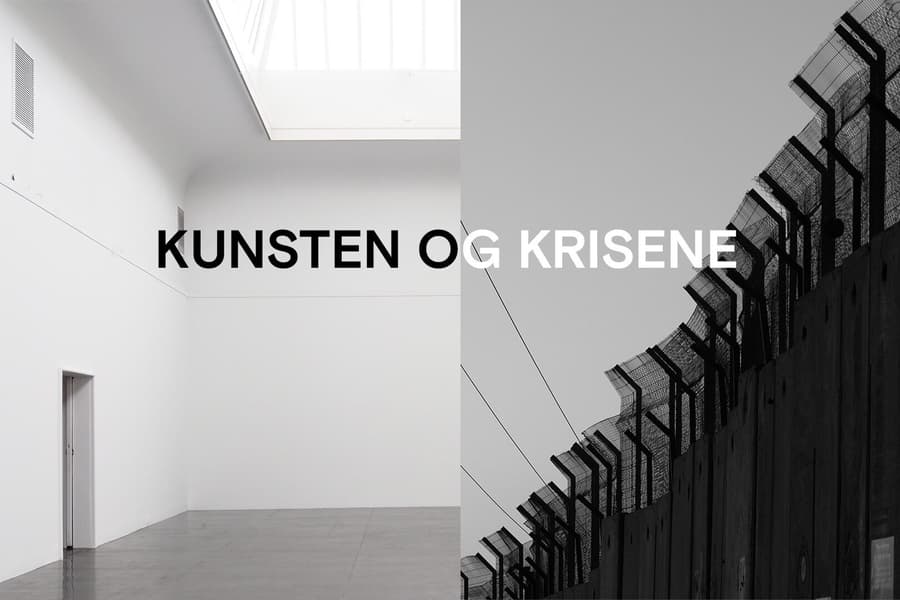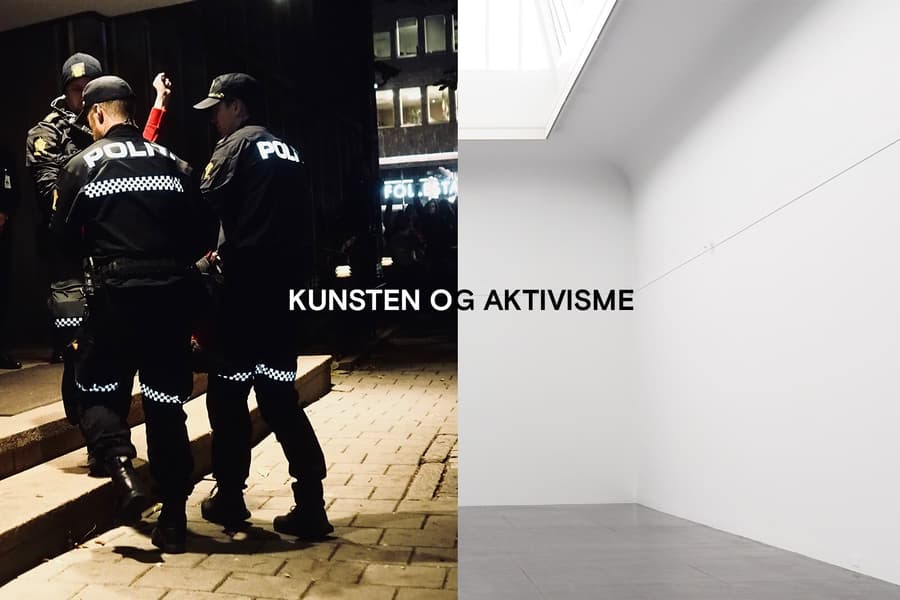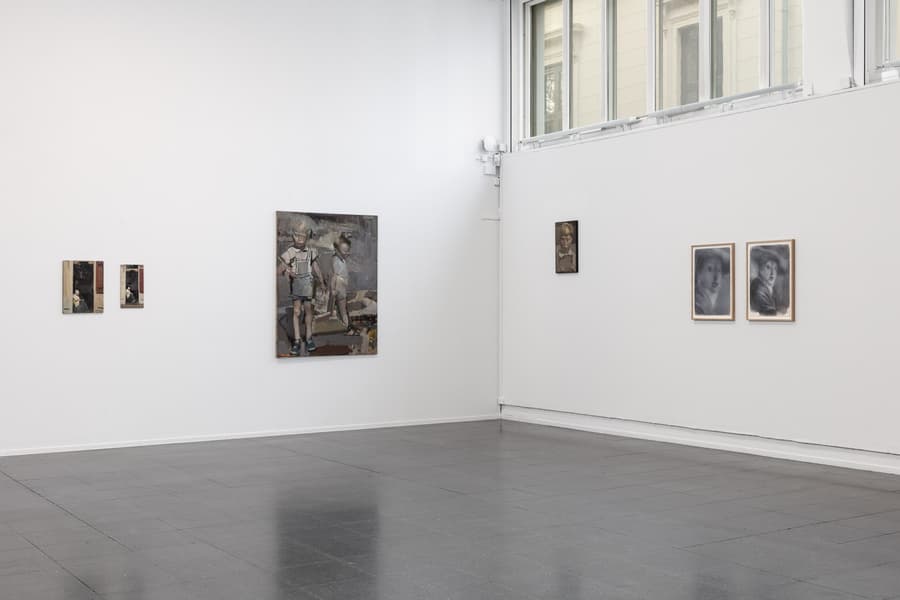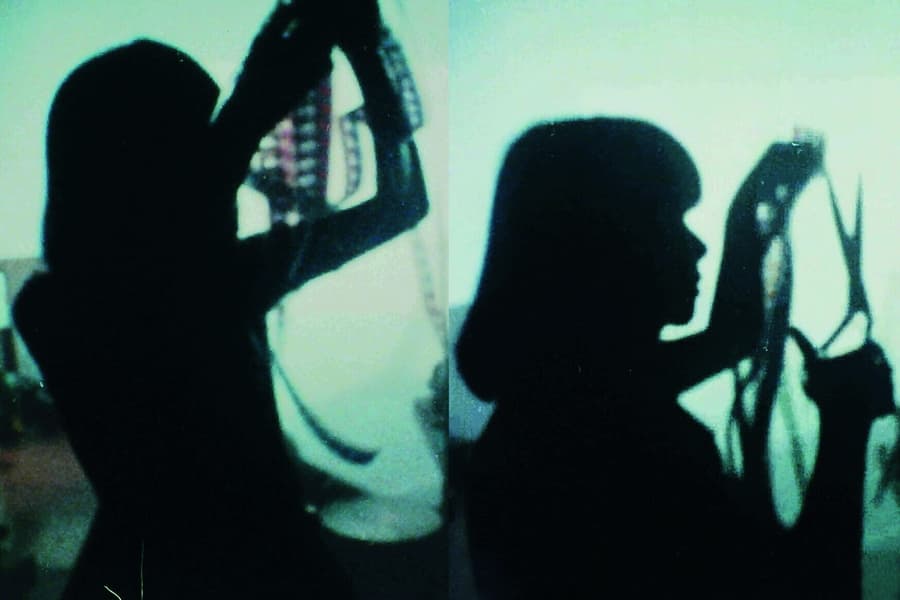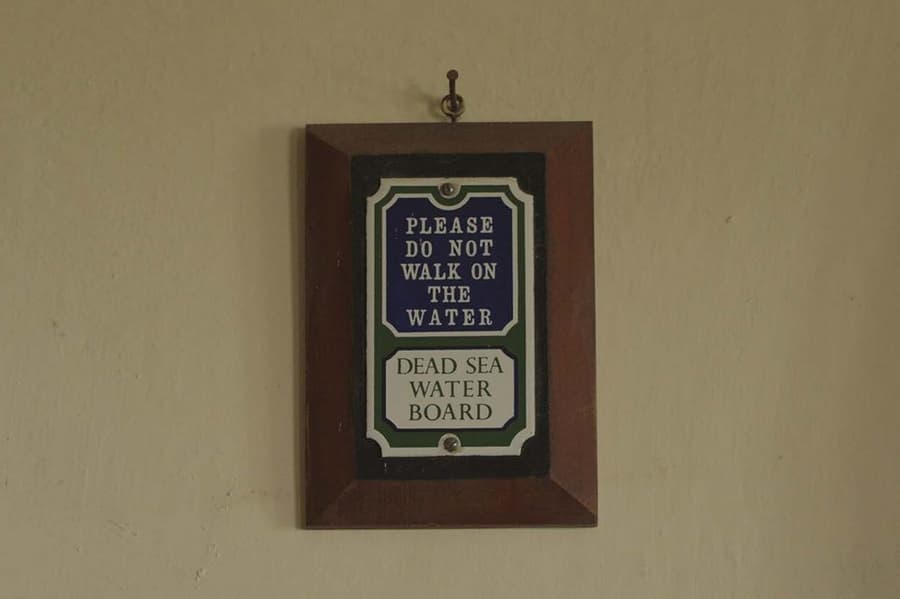Jannik Abel
10.01.25 – 16.03.25
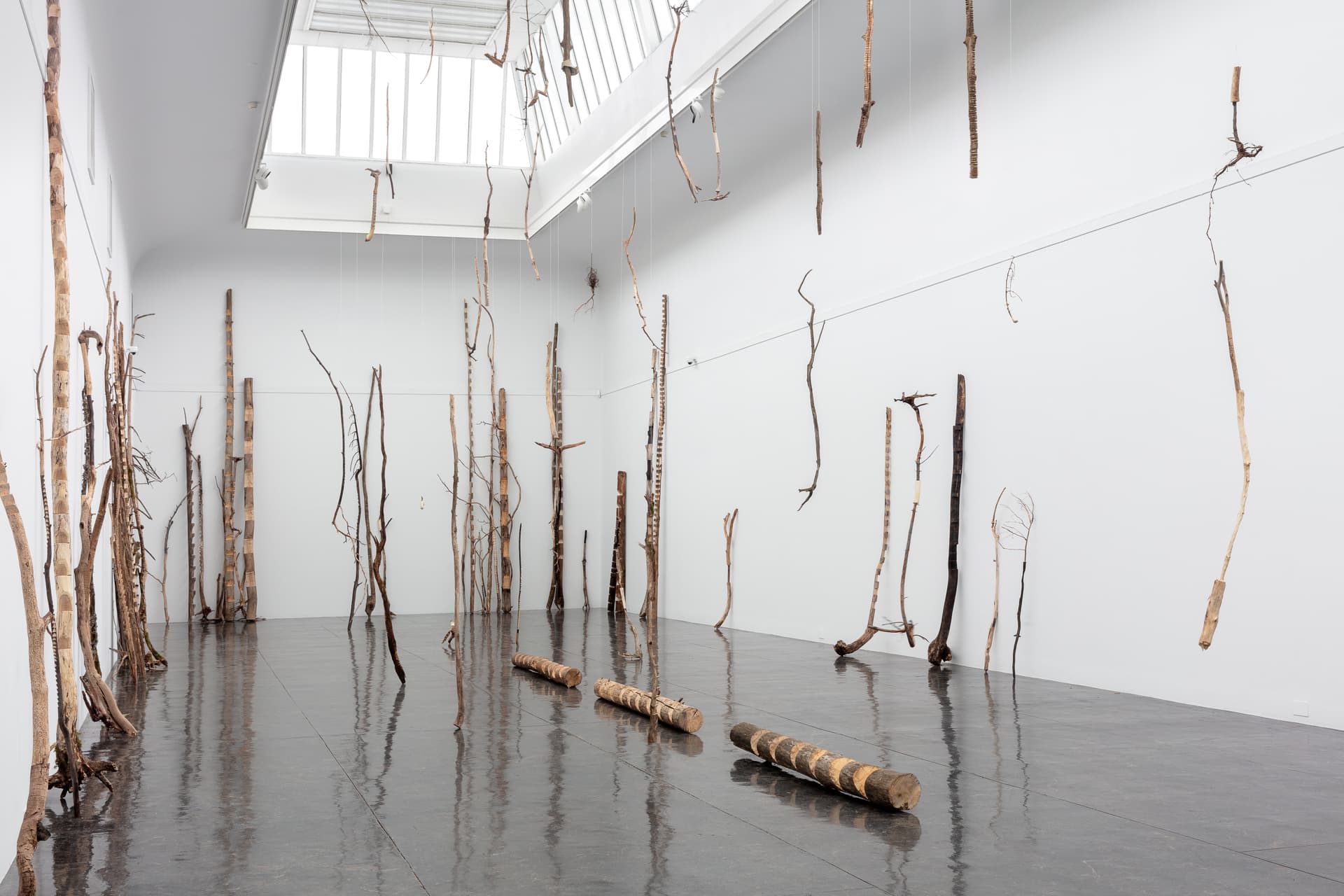
Jannik Abel’s exhibition Back to the Land is an expression of re-establishing connections to the landscape that, over time, have been devalued or suppressed. The title also references the global “Land Back” movement, which aims to return land to Indigenous peoples and transition toward more caring ways of living.
The exhibition is created with material limitations: everything used has been gathered from the forest, shaped with saws, knives, and axes, and has the potential to decompose into soil over time.Back to the Land has been developed entirely over the past year, meaning that Abel has worked within the context of several global crises.
Everything I do feels like a silent protest.
About the exhibition
The exhibition at Kunstnernes Hus wconsists of two large installations in wood, gathered and crafted by hand, transported by boat across the fjord, and carefully carried up to the house in a procession.
One installation will provide a space for reflection: a traditional death ritual is evoked through hundreds of ladders intended to carry the soul from earth to heaven. The other installation focuses on touch and dialogue: over 400 wooden objects reveal what trees look like on the inside and can be touched and held by the audience. In the same hall, the Back to the Table event series will bring together artists, invited guests, and the public for conversations around a long table assembled from recycled materials from various Norwegian art institutions. The dialogue program, organized in collaboration with actor Guri Glans, will be published here.
Read about the exhibition in Northern Sámi
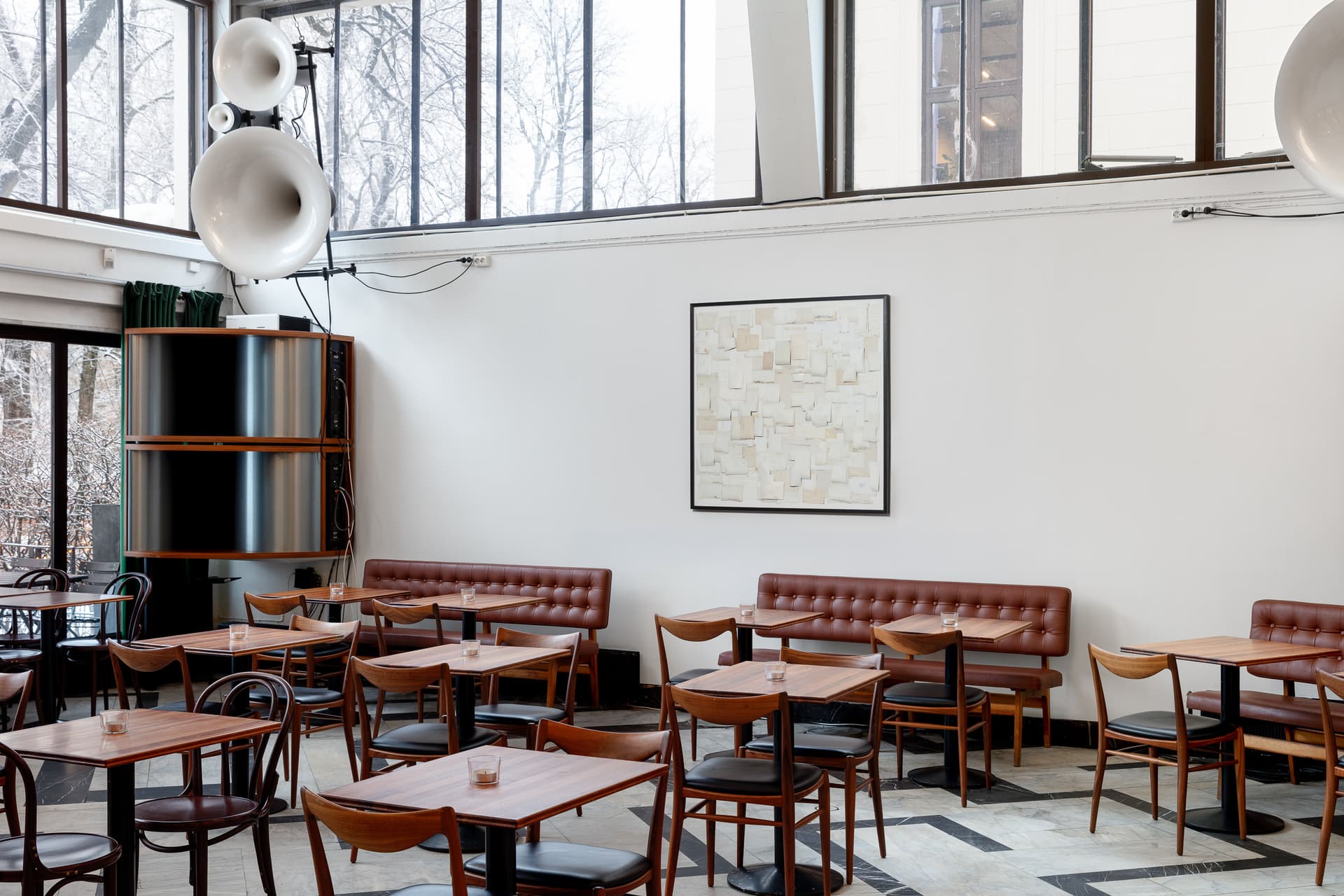
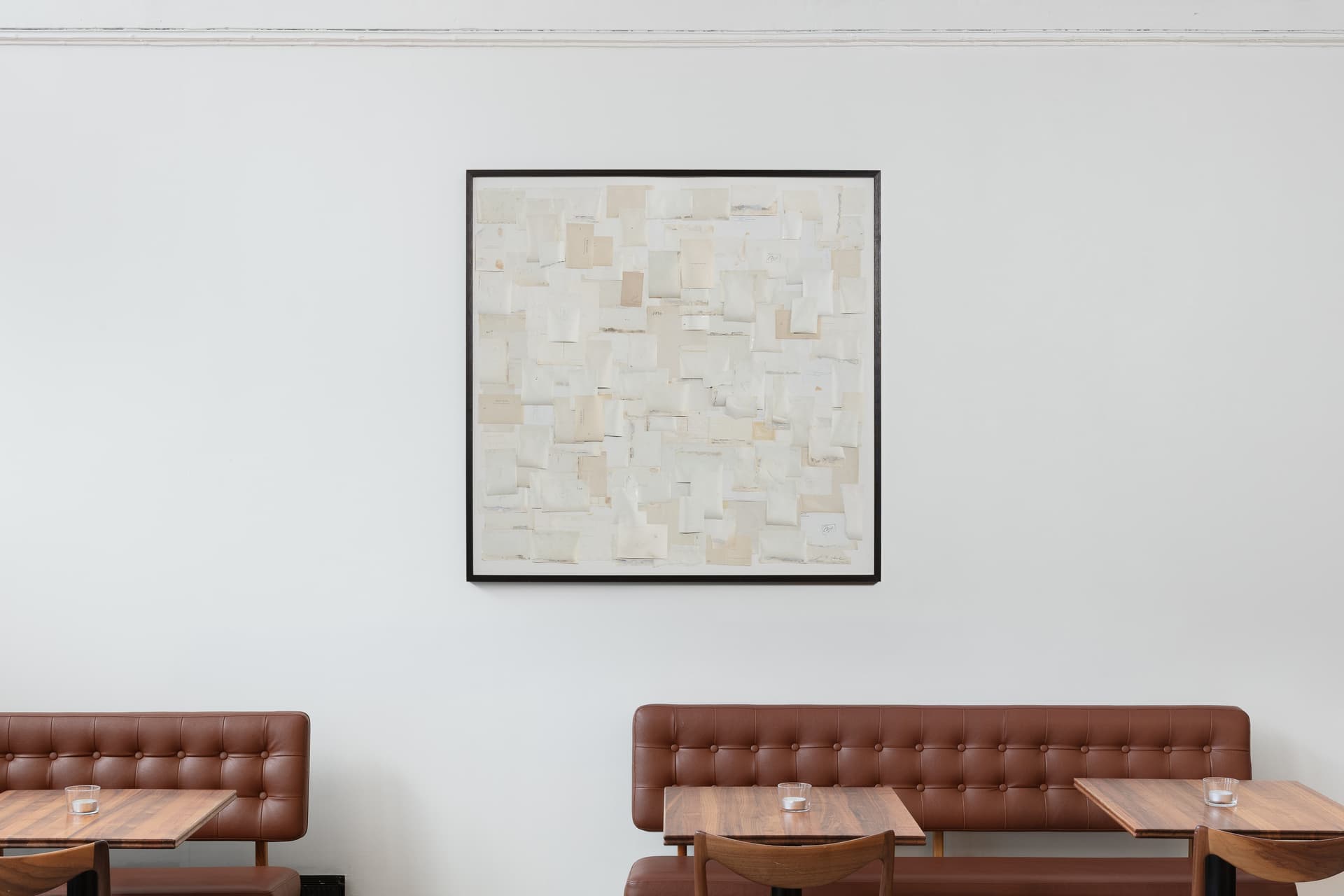
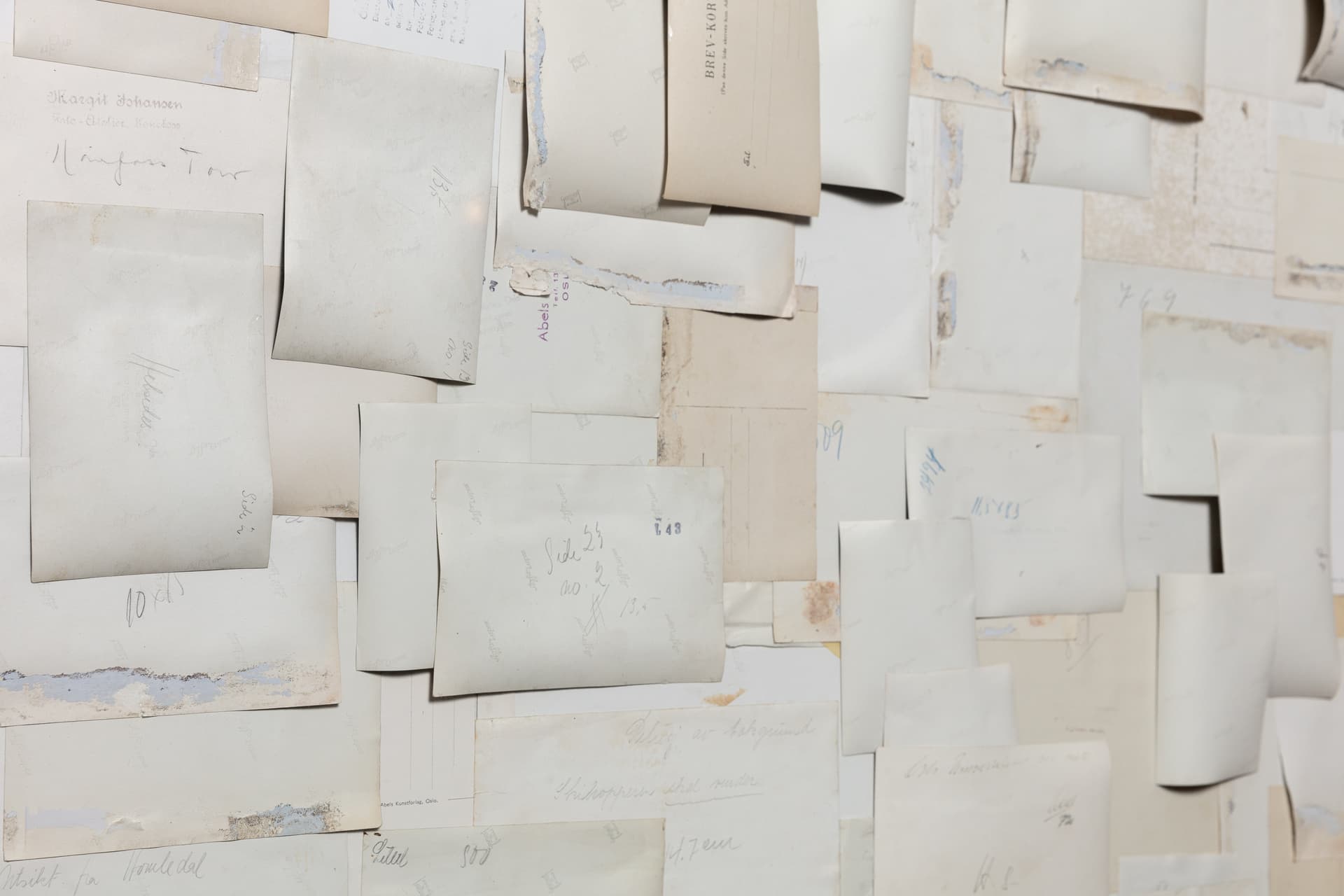
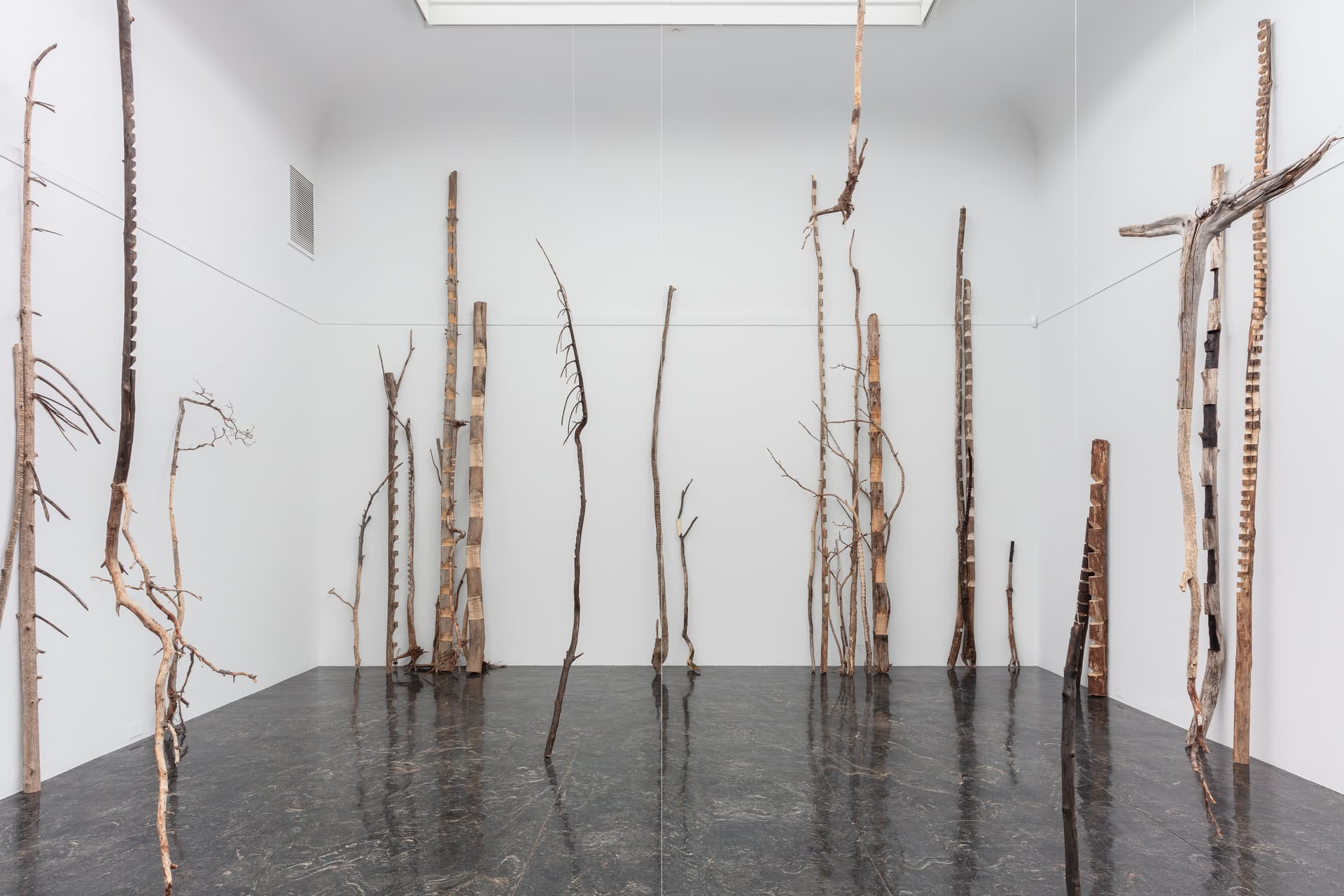
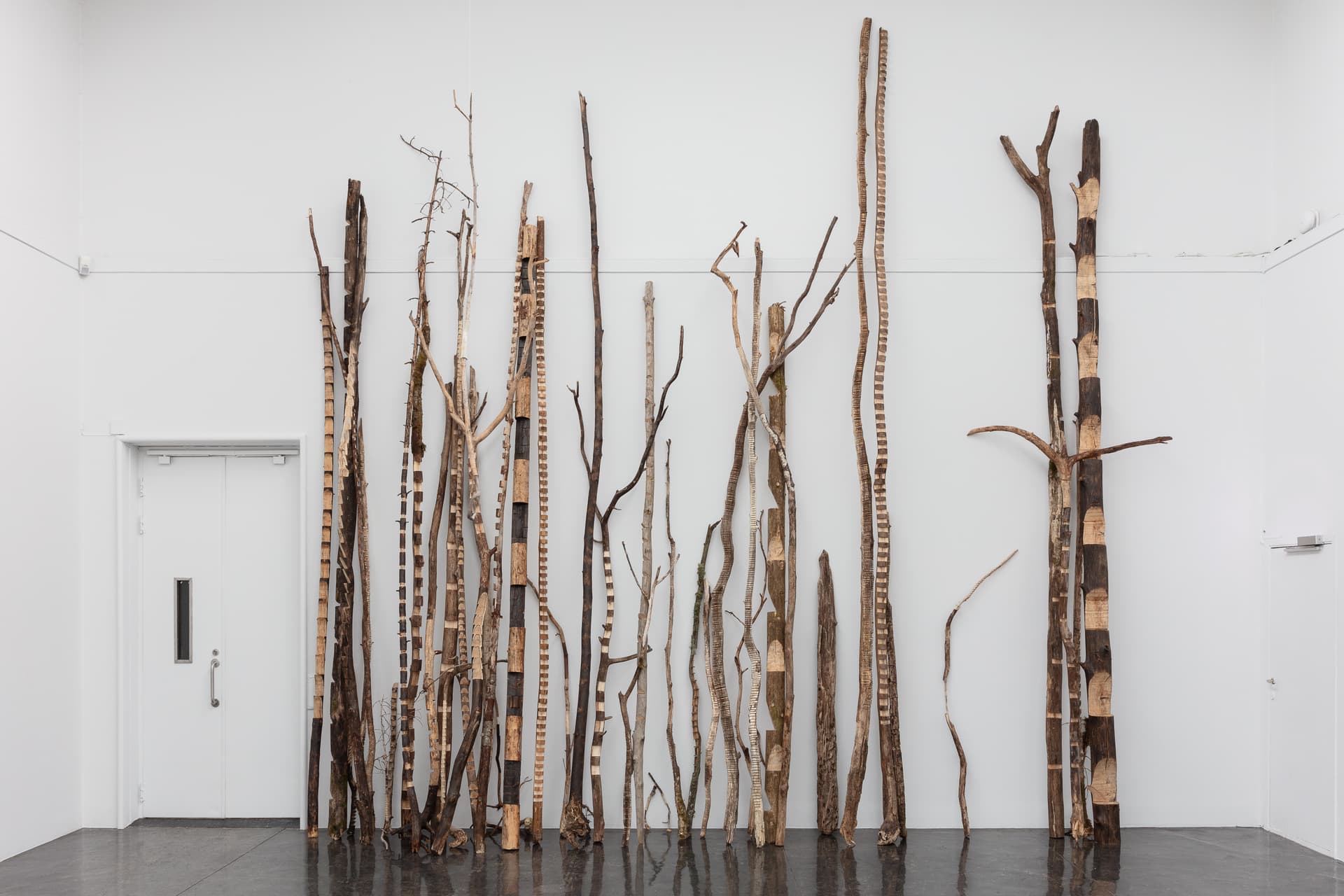
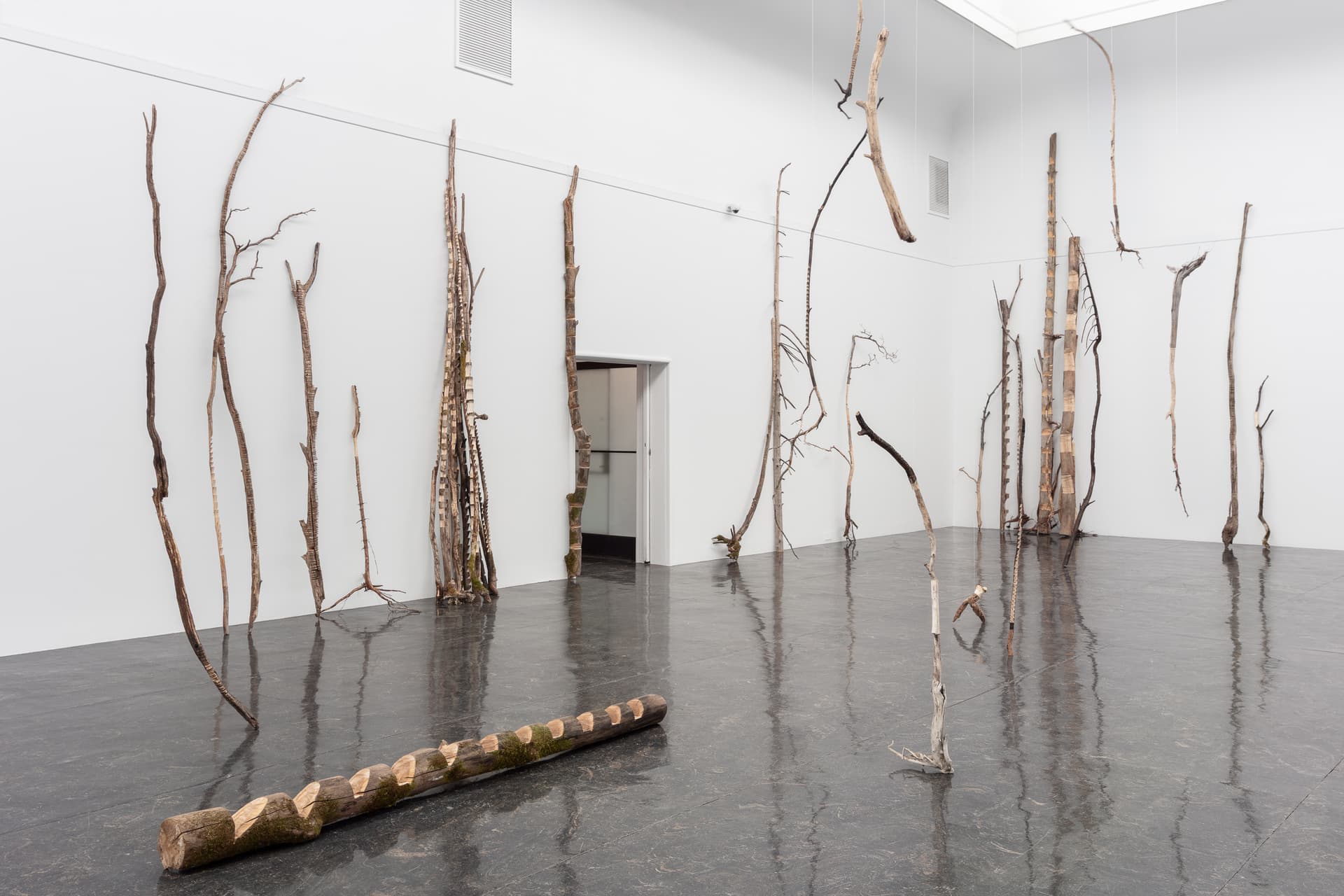
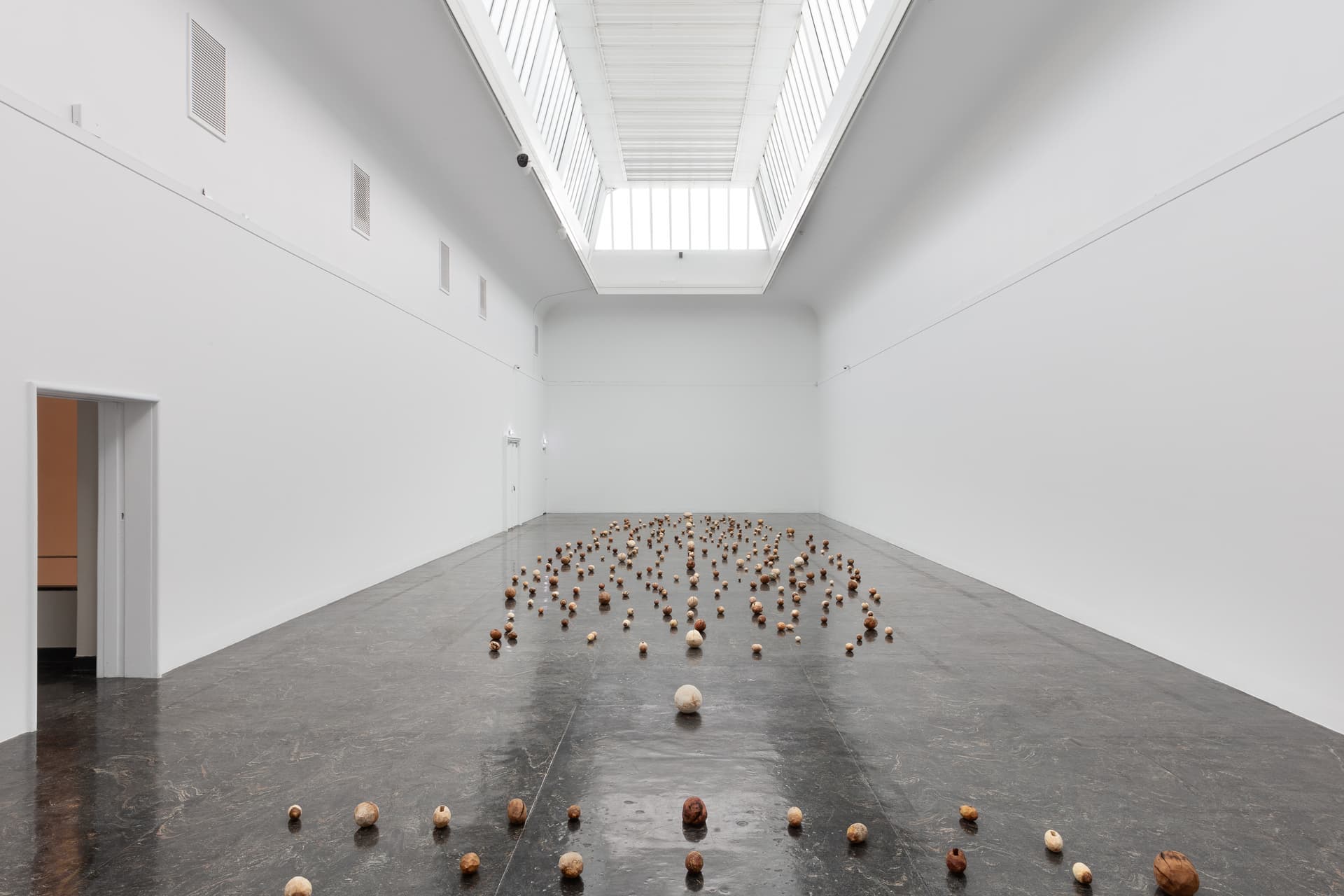

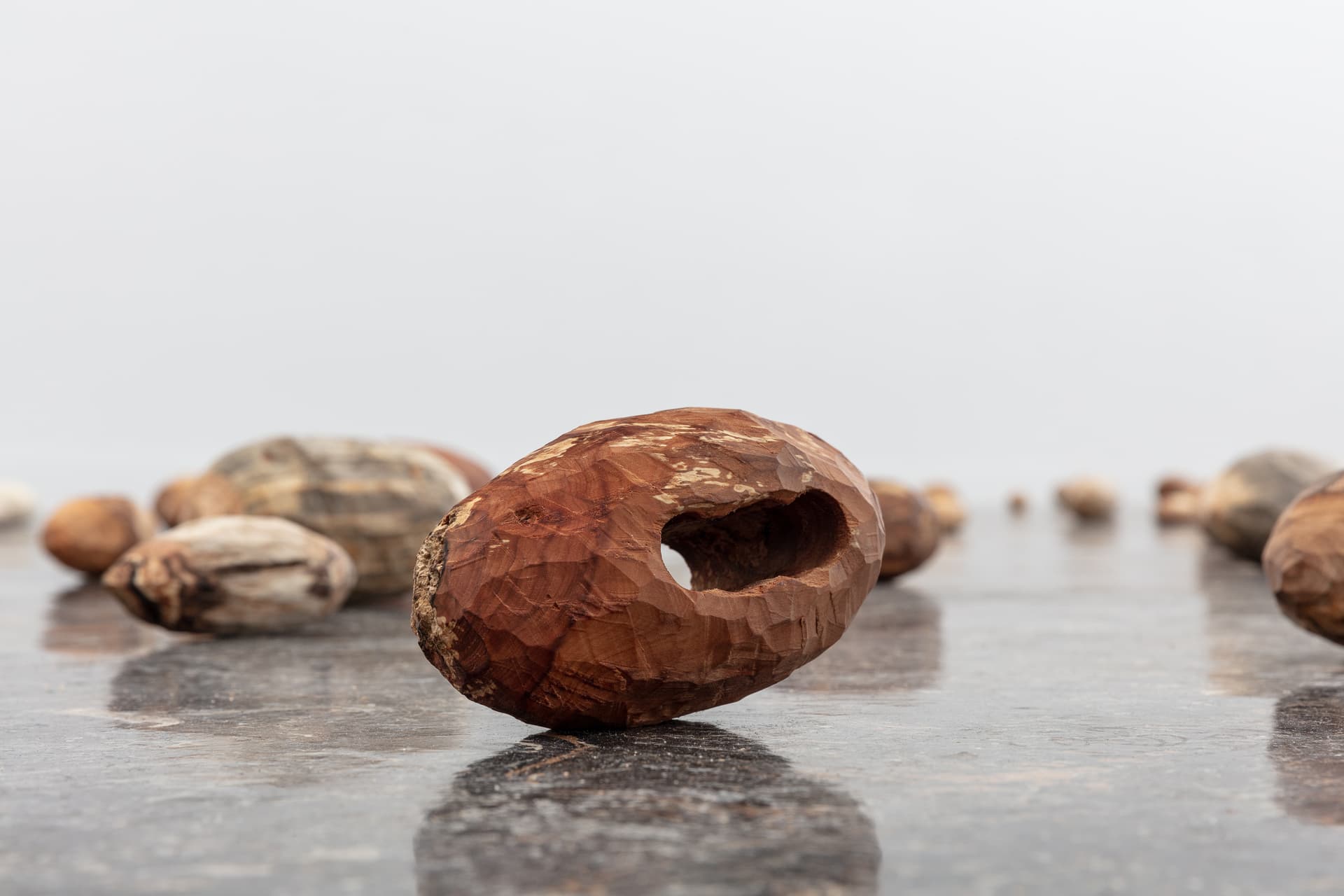
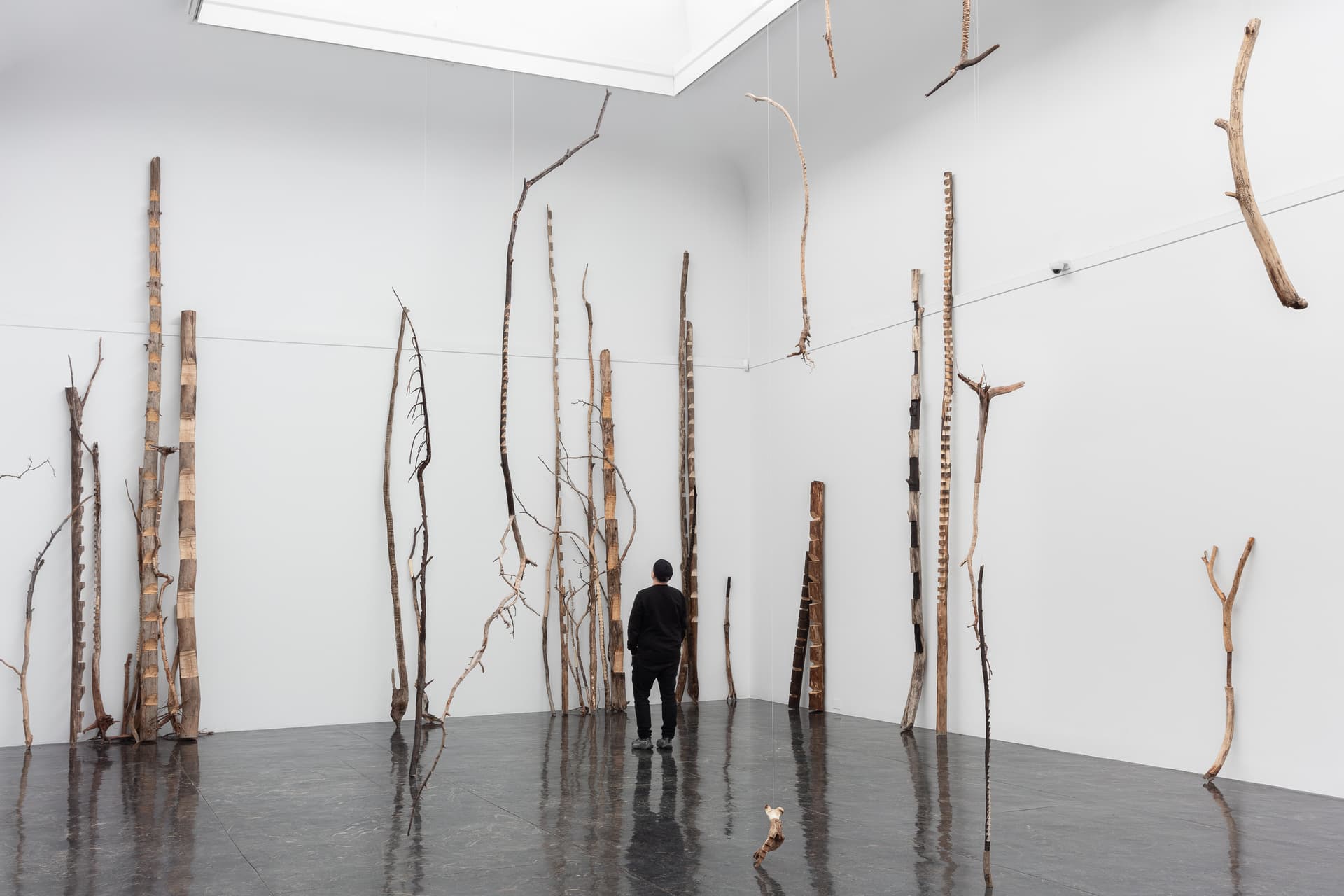
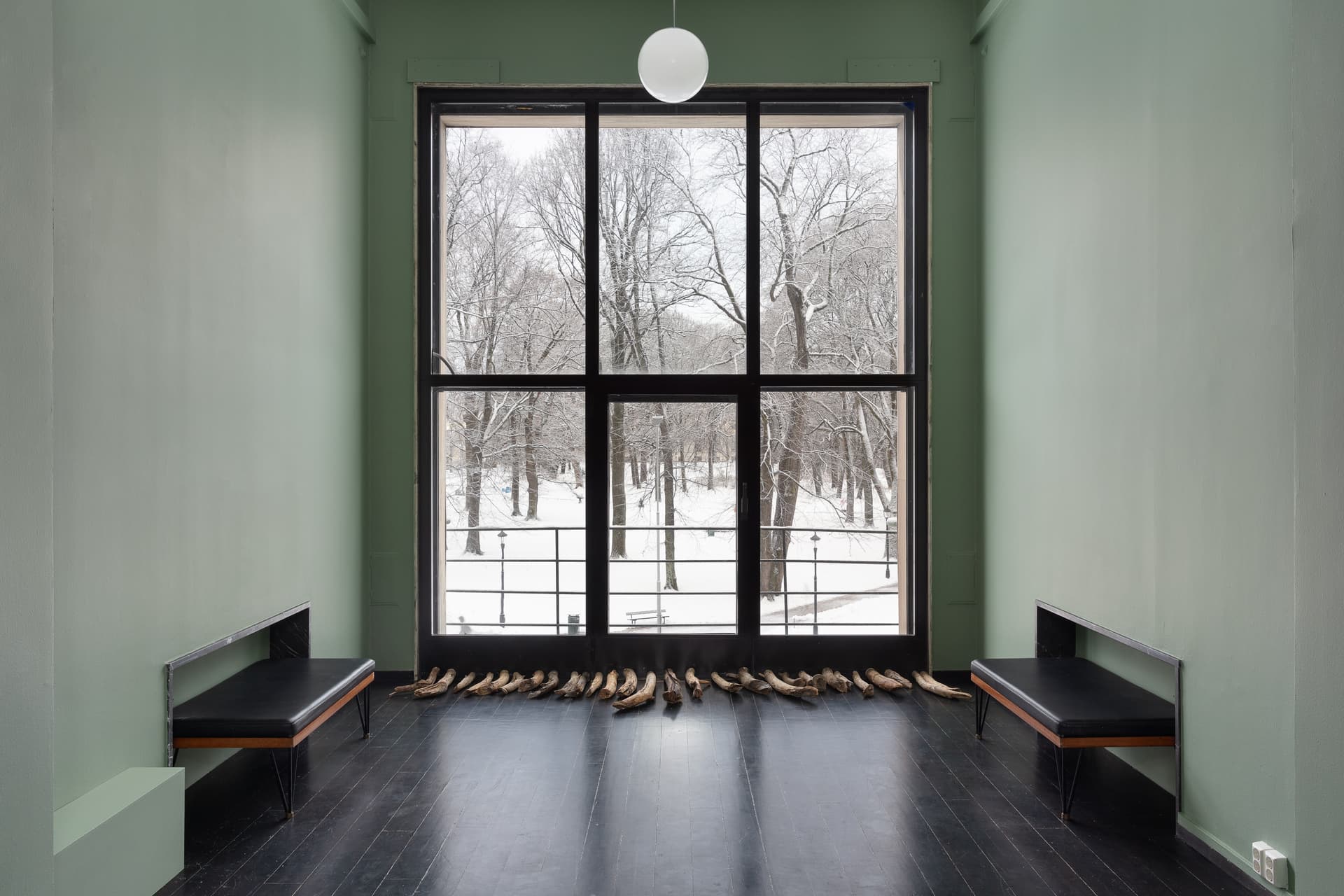
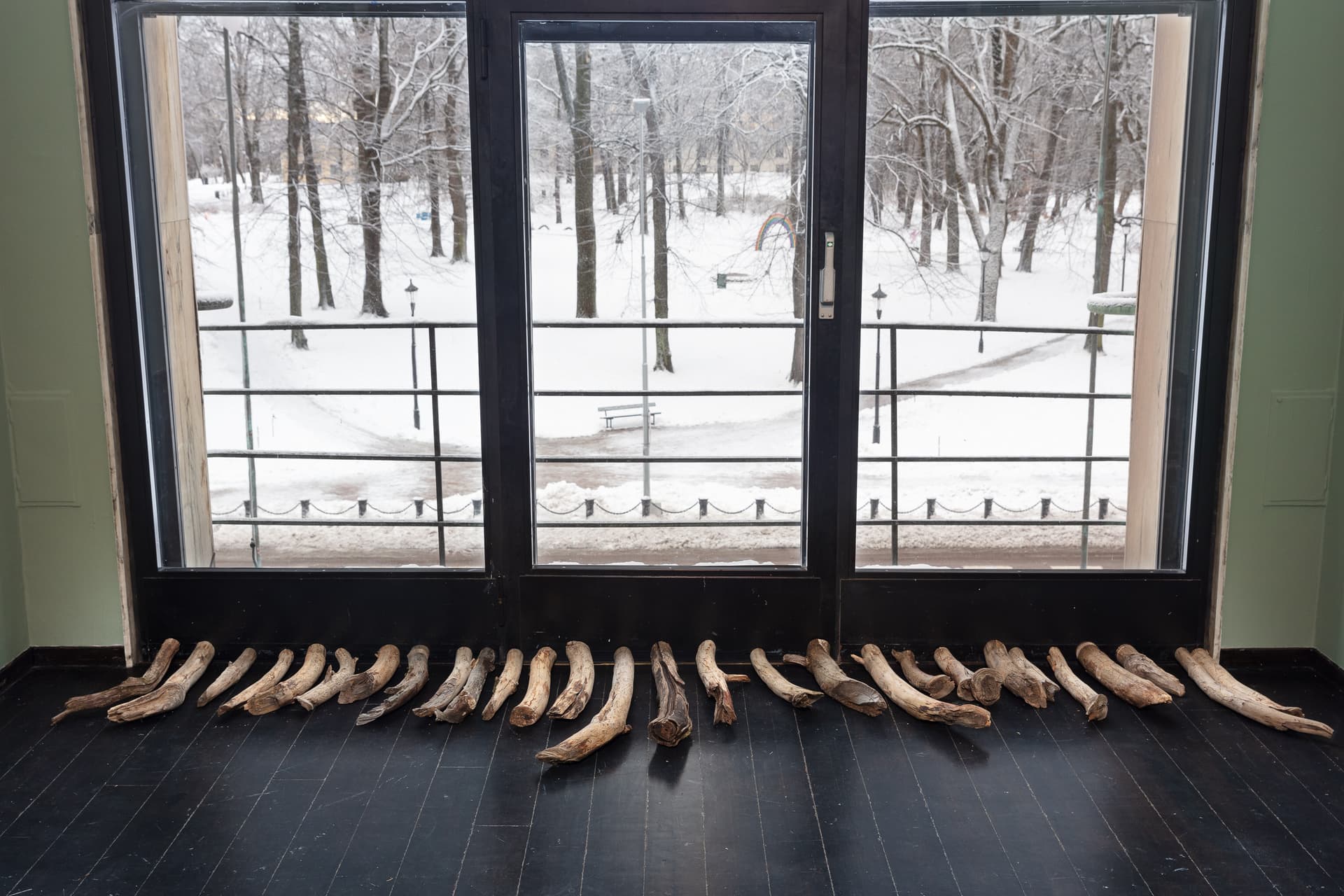
Photo: Tor S. Ulstein/Kunstdok
Watching the Forest Grow Back
In parallel with the exhibition, audiences across the country can visit Abel’s Watching the Forest Grow Back / Forest Witnesses (2022–), an ongoing project where the artist builds shelters in the liminal zone between forests and freshly logged areas—parallel spaces inviting reflection on the value of a forest and the 80 years it takes to regenerate.
On Watching the Forest Grow Back (English)
On Watching the Forest Grow Back (Northern Sámi)
About the artist
Jannik Abel (b. 1973, Oslo) attended the San Francisco Art Institute in the 1990s and has exhibited in numerous institutions and public spaces both nationally and internationally. The artist grew up surrounded by art, as Abel's great-great-grandparents established Norway’s first art dealership in 1864, which was run by the family for generations.
Themes such as belonging, vulnerability, heritage, and impermanence are central to Abel's artistic practice. Since the 1990s, the artist has worked with installation, photography, film, and performance. In 2016, Abel transformed the artistic process into a completely environmentally friendly production method that generates no waste. Based on Nesodden, the artist has, over the past five years, focused primarily on forest-based installations. Challenging physical acts have become art pieces, created exclusively by hand using simple tools like saws, knives, and axes. Through this approach, Abel seeks to comment on and counterbalance the overconsumption and environmental crises that characterize contemporary society.
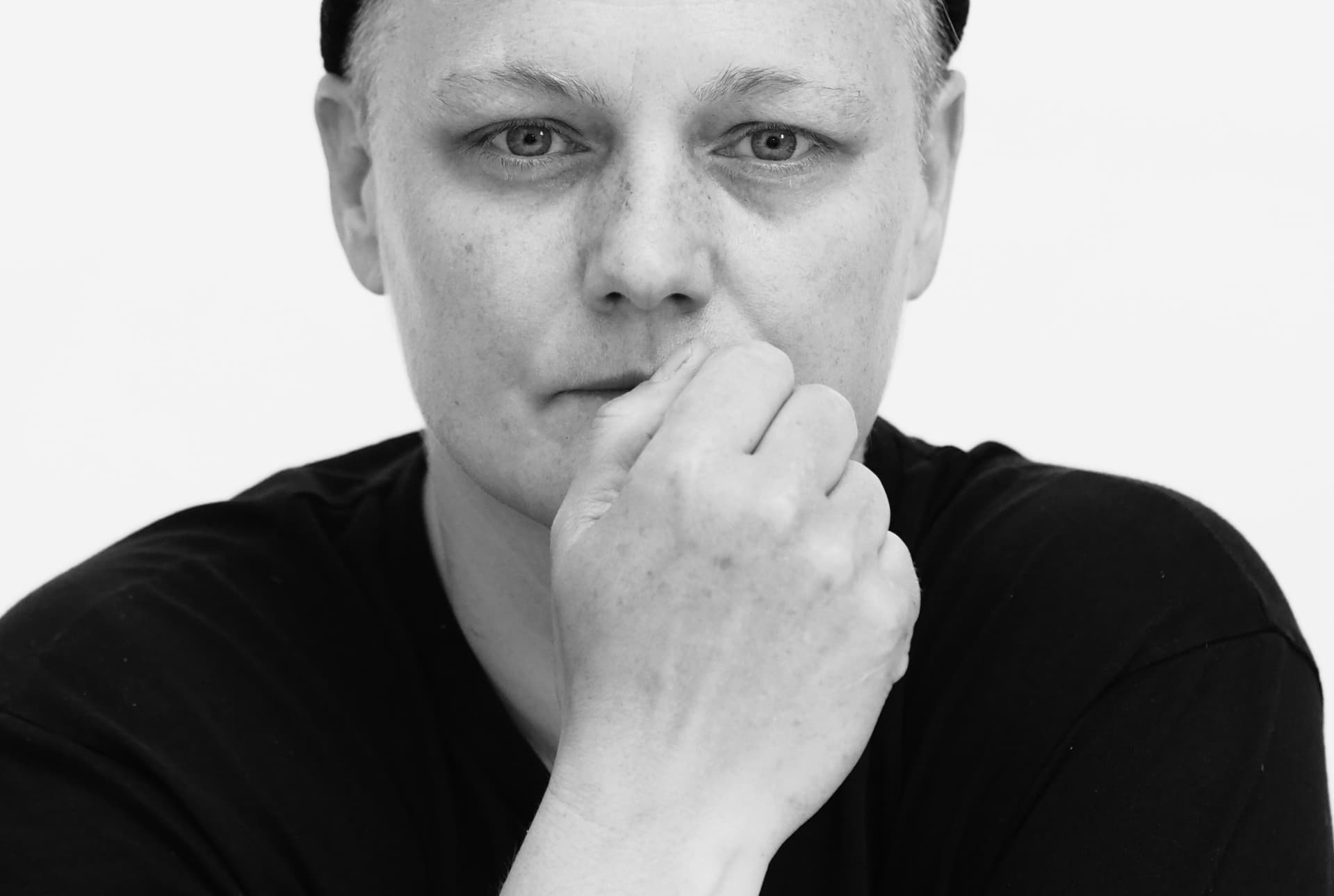
Supported by
The exhibition is supported by the Arts Council of Norway, the Norwegian Artists' Fund, Fritt Ord and the Norwegian Arts Centres. The artist dedicates it to Hassa Abel, for a life in the service of art.

Reviews (in Norwegian)
En lydmalende skog - Mona Pahle Bjerke for NRK, 14.01.25
Trøstespikking - Nora Joung for Kunstkritikk, 17.01.25
Solidariske skulpturer - Nina Strand for Kunstavisen, 17.01.25
Kunst for sorg og den store tomheten - Lars Elton for Dagsavisen, 23.01.25
